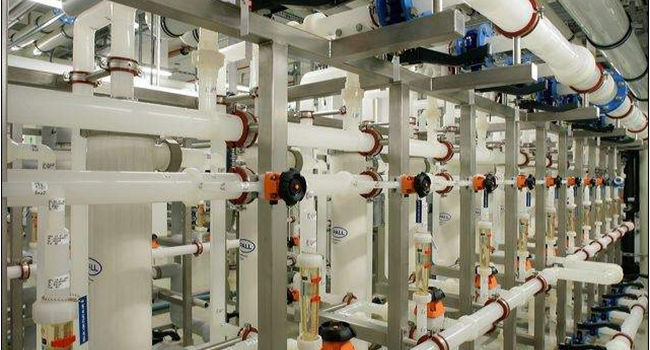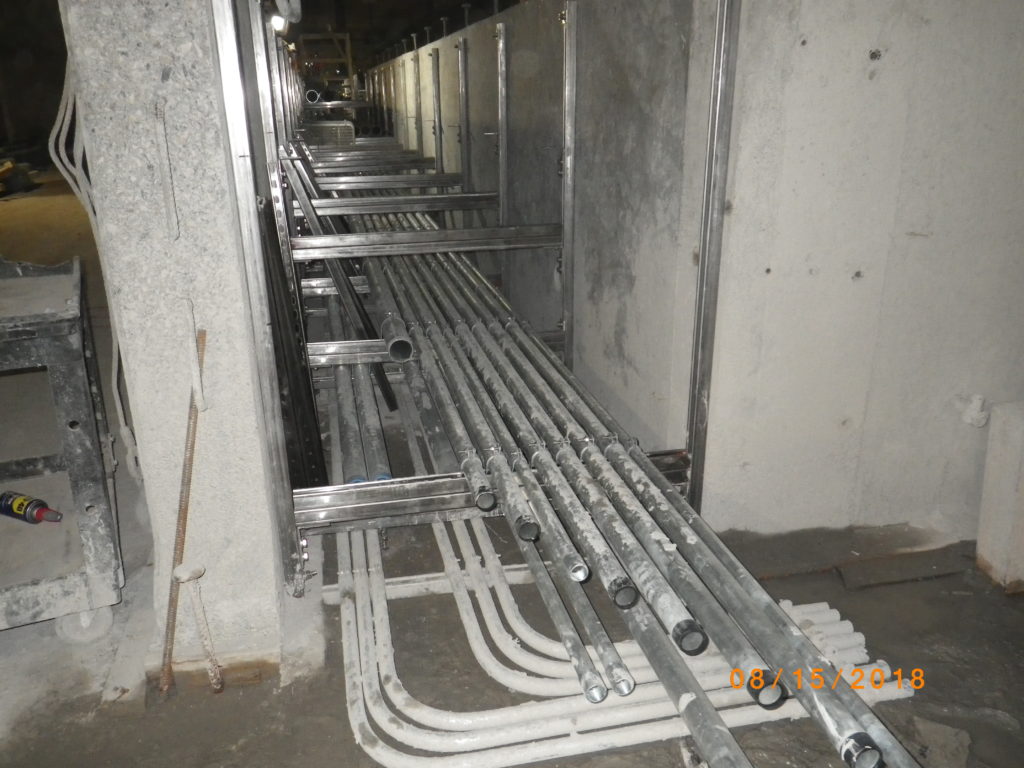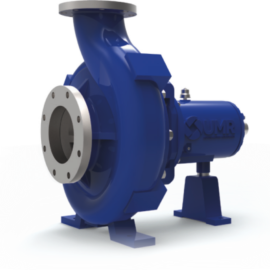
A gas boiler installation must be carried out in compliance with the standards and regulations in force, imposed by the law, especially for the components used: piping, accessories, assembly materials, etc…
There are different types of pipe laying possible:
– elevated: installed along a wall and out of the ground or a frame
– buried: buried in the ground
– incorporated: integrated into the building elements, i.e. embedded in the ground or engraved in the walls
In this post, we will focus on the types of pipes to be used according to the type of installation and the gas installation requirements.
The types of pipe in the gas installation:
Therefore, there are standard requirements for piping a gas boiler installation concerning the material, its manufacture, and its disposition to transport gas.
There are 5 types of piping suitable for a gas installation:
– Copper
– Steel
– Polyethylene
– The ” PLT ” kits
– Lead
Copper pipes:
Copper pipes are the most used to transport gas. And for a good reason, it is a convenient and easy to use material:
– resistant
– easily malleable
– suitable for all types of installation, whether simple or more complex.
Copper can be used in all parts of the installation: elevated, incorporated into the building or buried.
Polyethylene pipes (PE or Plymouth):
Polyethylene gas pipes are black plastic pipes with a yellow thread instead of polyethylene water pipes with a blue thread.
This type of pipe is used for parts of underground installations, but installing it in an elevated position under certain conditions is also possible.
It should be noted that the installation of polyethylene piping has some requirements that must be taken into account:
– Polyethylene pipes are UV-sensitive and therefore cannot be exposed to direct light.
– Exposure temperatures should be between -20°C and +30°C.
– The maximum pressure supported by the polyethylene pipes is 500 mbar.
Steel piping:

Steel is a robust material but challenging to work with. It is mainly used in collective installations, such as boiler rooms in apartment buildings.
Steel, whether black, galvanized or stainless steel, can be used in parts of elevated installations, incorporated into the building or buried. However, special requirements depending on the type of structure:
– In the case of buried pipelines made of steel pipes, the pipes must be protected either by a hot-applied bituminous material (standard NF A 49-704) or by a double-layer coating made of extruded polyethylene (standard NF A 49-704).
– In the case of an elevated pipeline composed of steel pipes other than stainless steel, the pipes must also be protected against corrosion, according to standard NF A 49-700, by coating, galvanizing, i.e. covered with a layer of zinc.
The ” PLT ” kits:
There are kits of corrugated stainless steel foldable pipes, also called the “PLT kits.”
This material is used in domestic, individual and boiler room supply installations.
It is a stainless steel pipe with a yellow plastic coating and corrugated, which gives it a certain flexibility. This corrugated aspect allows a complete, fast and safe installation without soldering, welding or special tools, but only with the available accessories: fittings, support clamps, branch elements, etc. Its maximum pressure is 500 mbar.
Note: the pipe and fittings must be from the same manufacturer.
Lead piping:
Lead pipes are nowadays prohibited for new installations.
However, the use of lead is allowed in the context of a repair of old lead piping, but under certain conditions:
– The length of the lead pipe used must not exceed 50 centimetres.
– The length of the lead pipe used should not exceed 50 cm. If the tube is in poor condition or is not maintained correctly, it is advisable to replace the lead pipe with another material.
The maximum operating pressure of lead pipes is 400 mbar.
Other piping:
At present, no other material is allowed to be used in a gas piping system other than those presented above. If you need a professional for your ventilation duct, you can contact Gateway Home Comfort. With over 10 years of experience, they provide HVAC services throughout the Greater Toronto Area.



Pingback:How to Connect a Faucet - Plumbers services